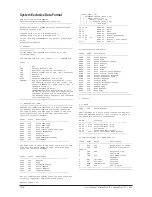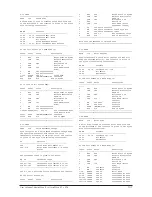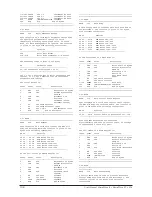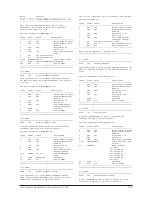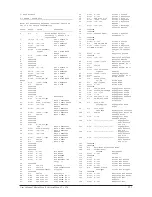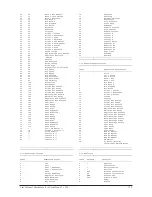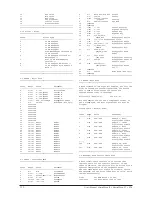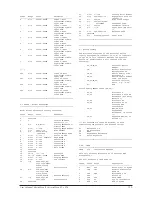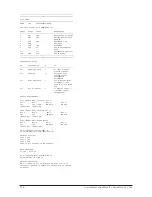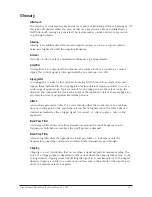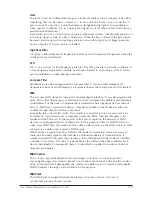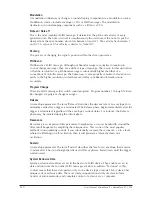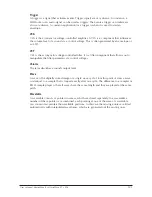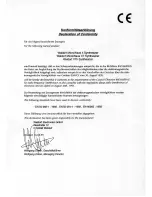
Gate
The term „Gate“ has different meanings in a technical context. Like a real gate, it describes
something, that can be open or closed, or - to use a technical term - active or inactive. A
gate in sense of a device is a unit, that damps a throughpassing signal corressponding to
some specific conditions. E.g. in a noise gate a signal is cut off, when its level falls above a
predetermined threshold.
Gate stands also for a control signal of analog synthesizer systems. A keyboard generates an
active gate signal as long as a key is held down. When the key is released, the gate signal
becomes inactive again. An envelope generator can use this signal for its trigger purposes,
and as a result a VCA unit can be controlled.
High Pass Filter
A high pass filter dampens all frequencies below its cutoff frequency. Frequencies above the
cutoff point are not affected.
LFO
LFO is an acronym for low-frequency generator. The LFO generates a periodic oscillation at
a low frequency and features variable waveshapes. Similar to an envelope, an LFO can be
used to modulate a sound-shaping component.
Low pass Filter
Synthesizers are often equipped with a low pass filter. A low pass filter dampens all
frequencies above its cutoff frequency. Frequencies below the cutoff point are not affected.
MIDI
The acronym MIDI stands for "musical instrument digital interface." It was developed in the
early '80s so that diverse types of electronic musical instruments by different manufacturers
could interact. At the time a communications standard for heterogeneous devices did not
exist, so MIDI was a significant advance. It made it possible to link all devices with one
another through simple, uniform connections.
Essentially, this is how MIDI works: One sender is connected to one or several receivers.
For instance, if you want to use a computer to play the Pulse, then the computer is the
sender and the Pulse acts as the receiver. With a few exceptions, the majority of MIDI
devices are equipped with two or three ports for this purpose: MIDI In, MIDI Out and in
some cases MIDI Thru. The sender transfers data to the receiver via the MIDI Out jack. Data
are sent via a cable to the receiver's MIDI In jack.
MIDI Thru has a special function. It allows the sender to transmit to several receivers. It
routes the incoming signal to the next device without modifying it. Another device is
simply connected to this jack, thus creating a chain through which the sender can address
a number of receivers. Of course it is desirable for the sender to be able to address each
device individually. Consequently, there is a rule which is applied to ensure each device
responds accordingly.
MIDI Channel
This is a very important element of most messages. A receiver can only respond to
incoming messages if its receive channel is set to the same channel as the one the sender is
using to transmit data. Subsequently, the sender can address specific receivers individually.
MIDI Channels 1 through 16 are available for this purpose.
MIDI Clock
The MIDI Clock message determines the tempo of a piece of music. It serves to
synchronize processes based on time.
User’s Manual MicroWave II • MicroWave XT • XTk
119
Содержание MicroWave II
Страница 1: ...Bedienungsanleitung User s Manual ...
Страница 2: ......
Страница 123: ......
Страница 125: ......


